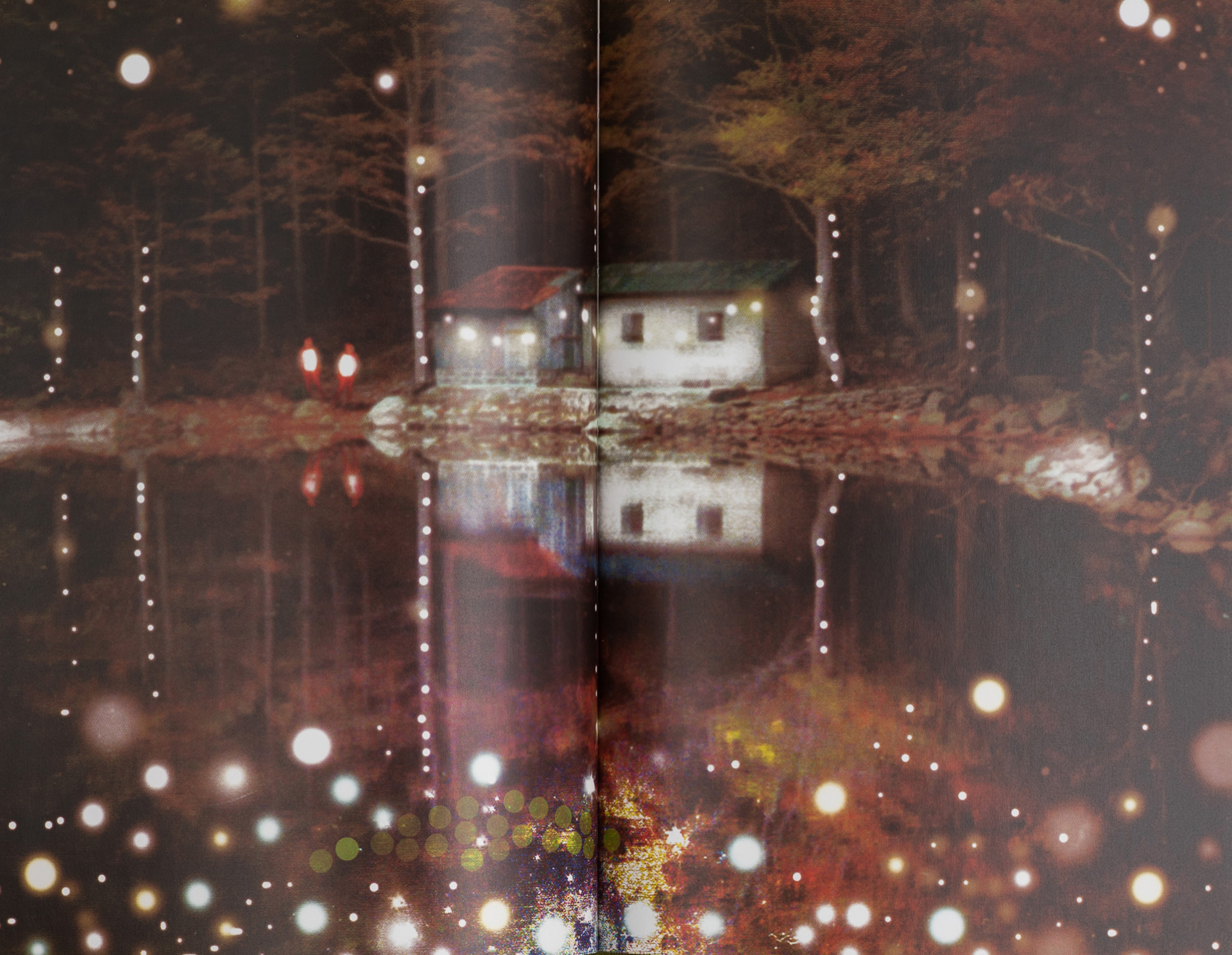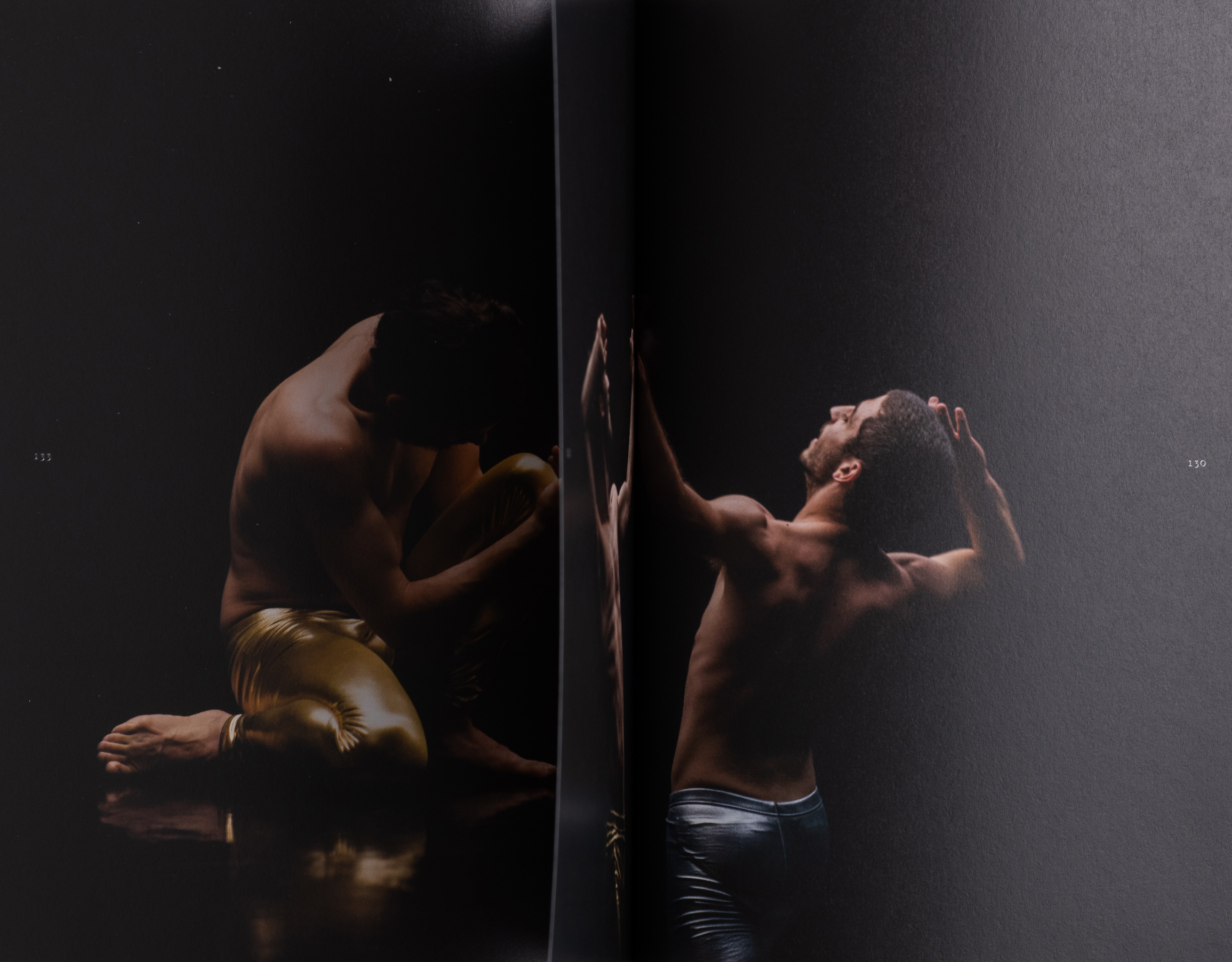Notebooks #3, #4
Joshua Borkovsky
2005
Heterotopia: Graves and Sheiks’ Tombs
This artist book, (two volumes and three booklets), contains a selection of photographs of graves and sheiks’ tombs.
These sites, with their singular visual-environmental-cultural presence, are an expression of the affinity between men and holy places, with the ritual cycles attaching to them—the affinity between life and death. Their presence in space ties them to the daily life of the community, the family, and the individual, as part of the yearly and seasonal cycle.
To Foucault, the cemetery is quintessentially heterotopian: an other (hetero) place (topos), its relationship to the space it reflects being one of duplication and otherness. Perhaps this distinction holds the secret of the extraordinary power of such sites and the magnet-like attraction by which I was pulled toward these graveyards and sheiks’ tombs.
My encounter with the Muslim graveyard, the lone grave, the sheik’s tomb, prompted me, over a period of some ten years (1977–1988), to turn the places visited (as well as the travel, the search and exposure they entailed) into sites of my own pilgrimage, that of a secular pilgrim or, to use the expression of Walter Benjamin, an urban flâneur.
A selection of photographs of graves and sheiks’ tombs have been culled for Notebooks #3 and #4. The former contains mainly images of plain, single graves or graves in clusters, whereas the latter primarily features sheiks’ tombs: the tomb structure and its environs and frontal images of the tombstone with its characteristic covering.
- Copies: 1000
- Pages: 180
- Type of binding: hardcover
- Dimensions (cm): 23X16.5
- Type of printing: Offset
- Place of publication: Israel
- Supported by: The Arthur Goldreich Trust, Israel Lottery Council For Culture & Arts, Shlomo Serry, Julia Kiefer
- ISBN: 9659027990












